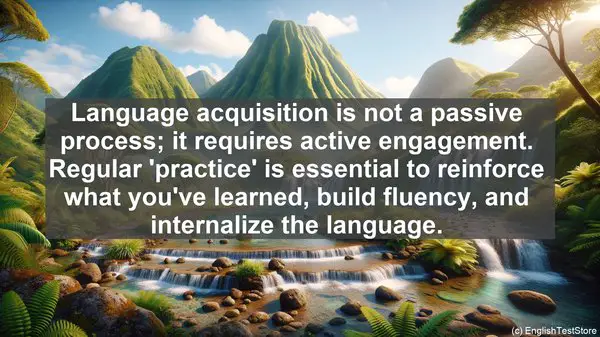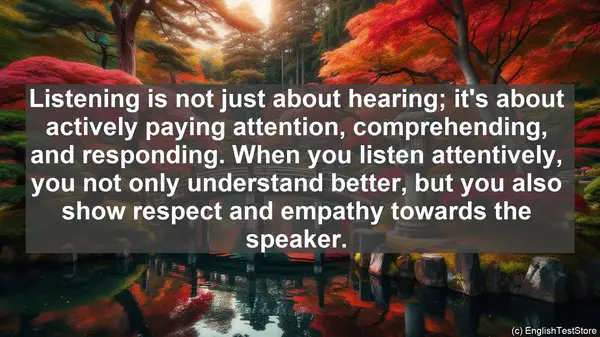Introduction
In today’s lesson, we’ll be exploring the top 10 English verbs that are crucial for conversations on multilingual education and language acquisition. These verbs form the foundation of effective communication in a multilingual setting, whether it’s a classroom or a diverse community. So, let’s dive in!

1. Understand
The verb ‘understand’ is the cornerstone of effective communication. It goes beyond mere comprehension; it implies grasping the nuances, context, and cultural aspects of a language. When you understand, you can respond appropriately and engage in meaningful conversations.
2. Express
To ‘express’ is to convey your thoughts, ideas, and emotions effectively. It involves choosing the right words, using appropriate gestures, and even employing non-verbal cues. When you can express yourself well, you can actively participate in discussions and debates.
3. Listen
Listening is not just about hearing; it’s about actively paying attention, comprehending, and responding. When you listen attentively, you not only understand better, but you also show respect and empathy towards the speaker.
4. Collaborate
In a multilingual setting, collaboration is key. It’s about working together, pooling resources, and leveraging each other’s strengths. When you collaborate, you create a supportive and inclusive environment for language learning.
5. Adapt
Language is dynamic, and it varies across contexts and cultures. The ability to ‘adapt’ your language, whether it’s the vocabulary, tone, or style, is crucial. It helps you connect with diverse individuals and navigate different linguistic landscapes.
6. Question
Asking questions is not just a way to seek information; it’s also a way to engage, clarify, and deepen understanding. When you ask thoughtful questions, you encourage dialogue and foster a culture of curiosity.

7. Analyze
Language is not just a collection of words; it’s a system. When you ‘analyze’ language, you break it down, examine its components, and understand its structure. This skill is particularly useful when learning grammar or syntax.
8. Practice
Language acquisition is not a passive process; it requires active engagement. Regular ‘practice’ is essential to reinforce what you’ve learned, build fluency, and internalize the language.
9. Engage
To truly learn a language, you need to immerse yourself in it. ‘Engaging’ with the language means not just using it in formal settings, but also in everyday conversations, reading, writing, and even watching movies or listening to music.
10. Reflect
Language learning is a journey, and it’s important to pause, ‘reflect,’ and evaluate your progress. This self-reflection helps you identify areas of improvement, set goals, and chart your path forward.
